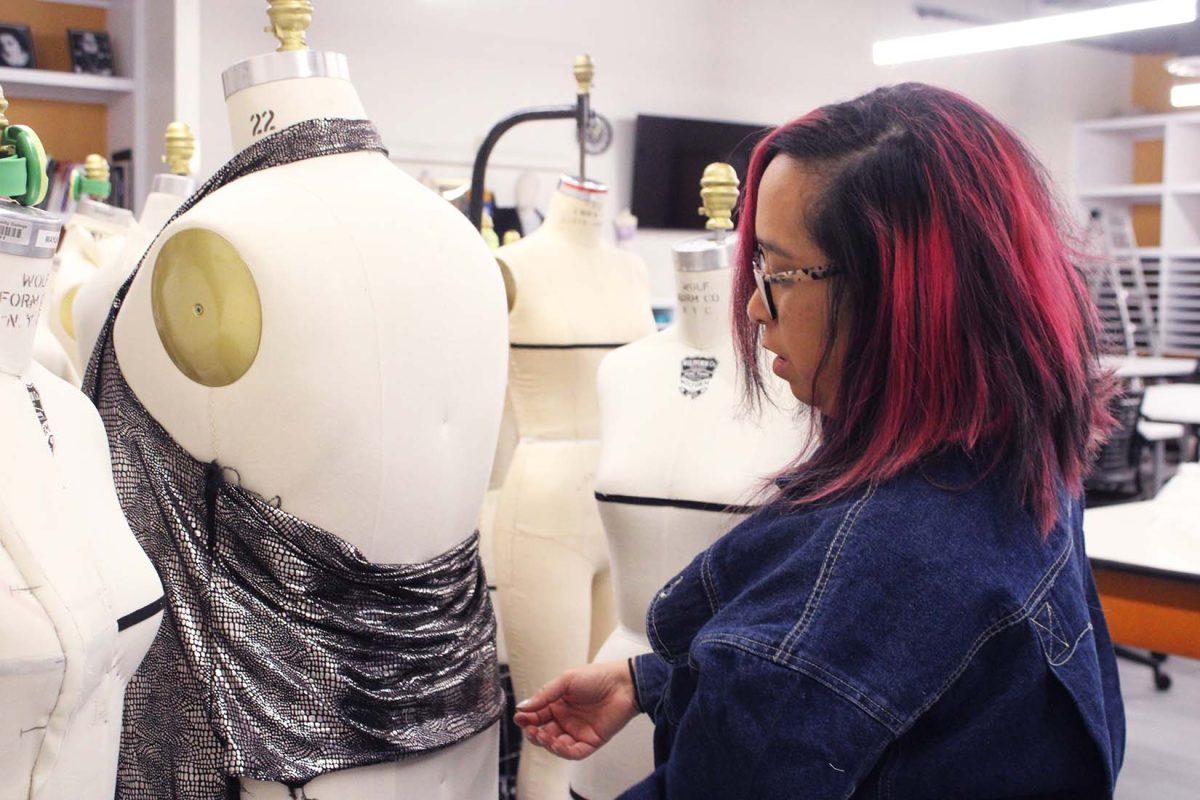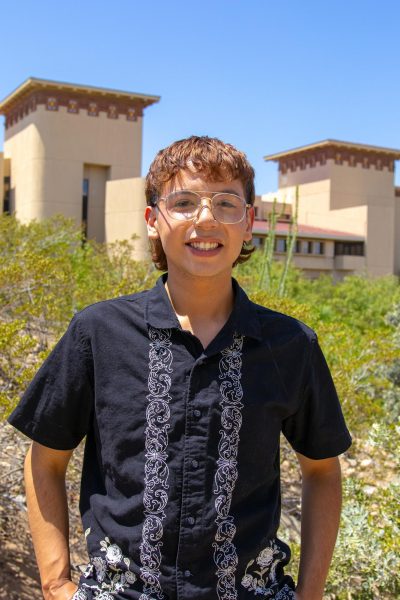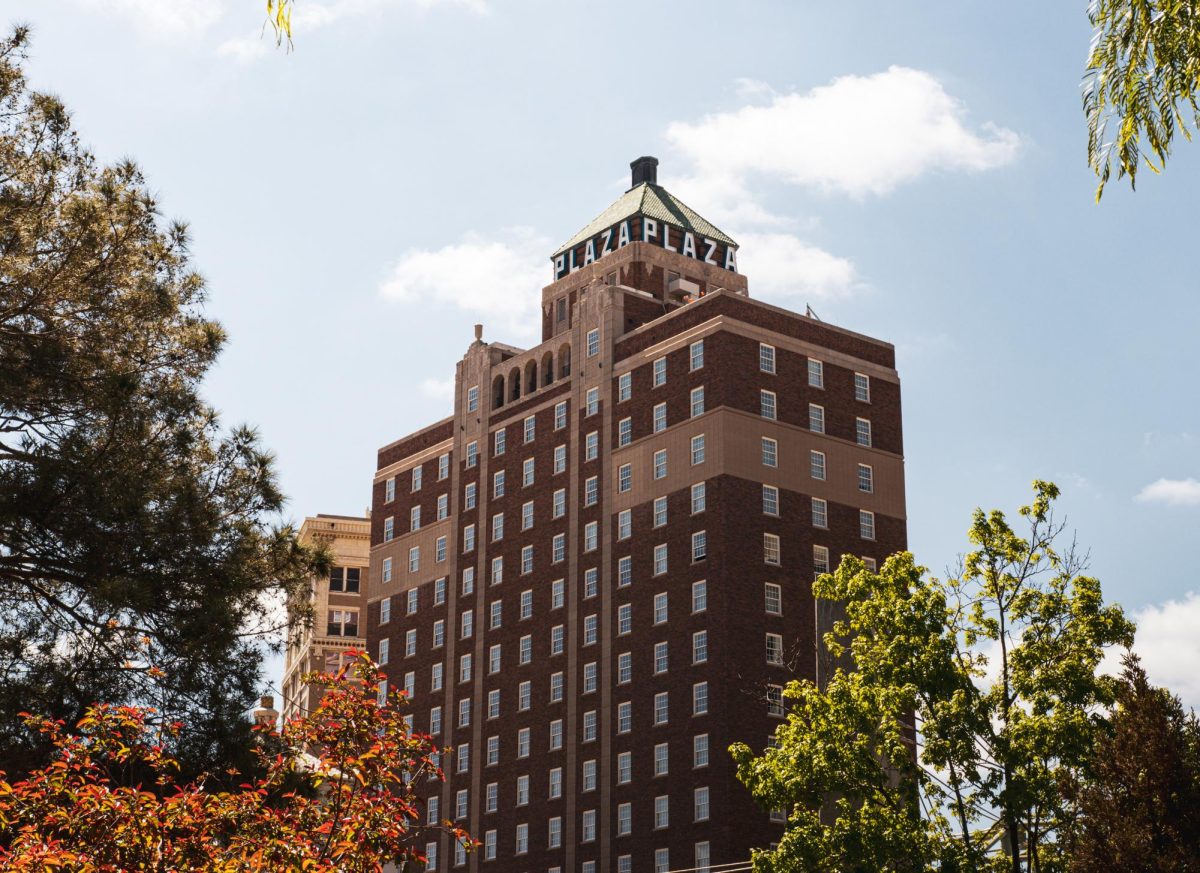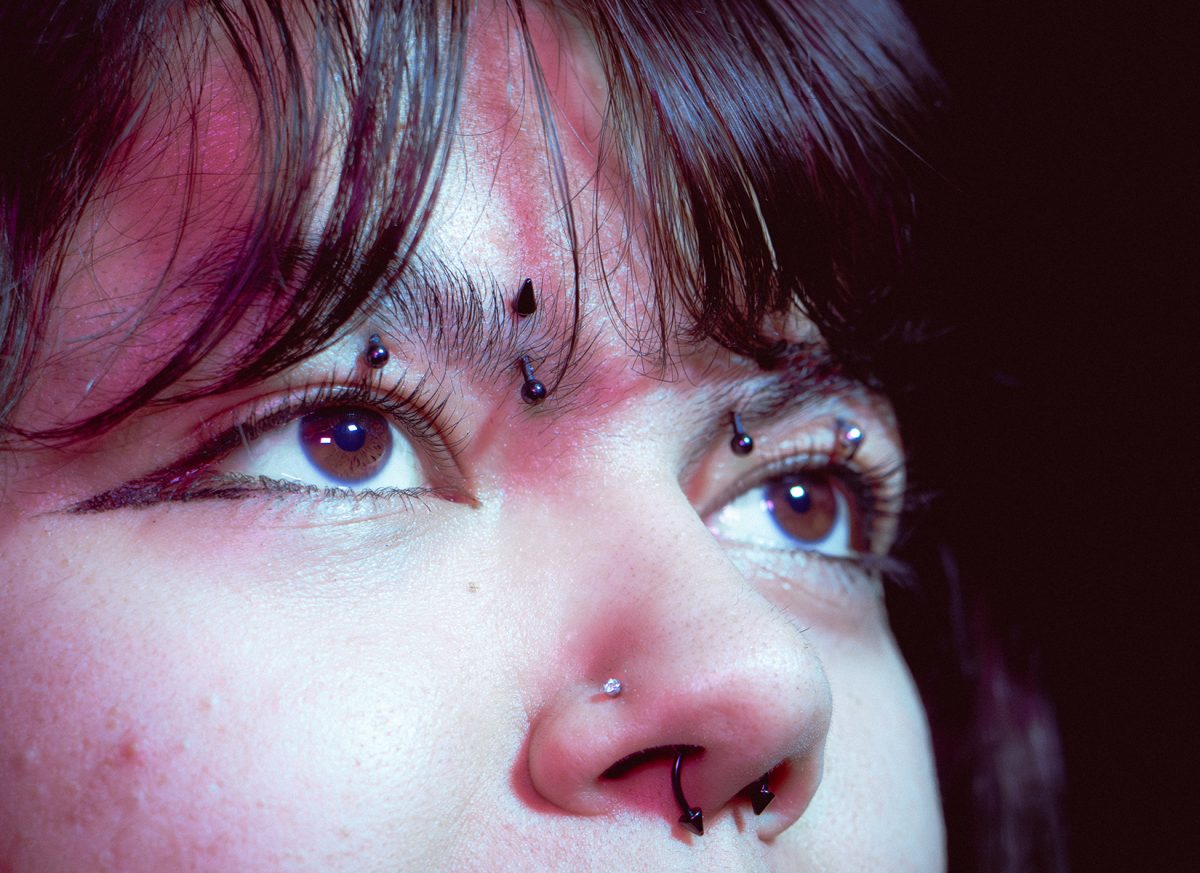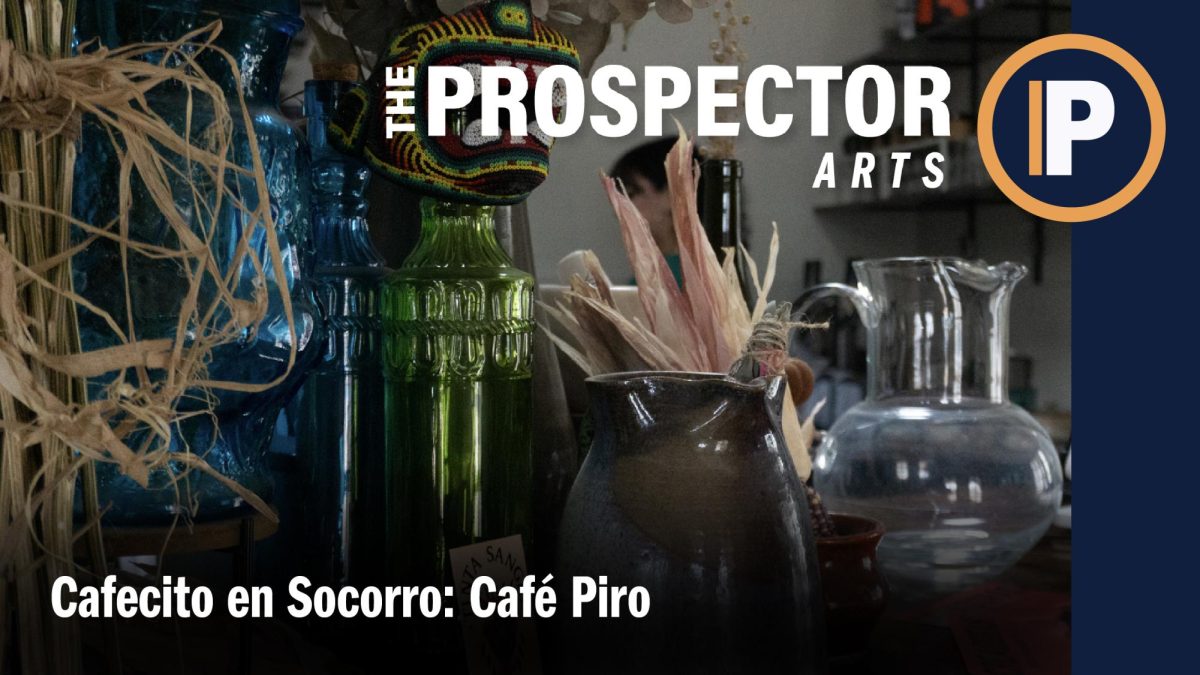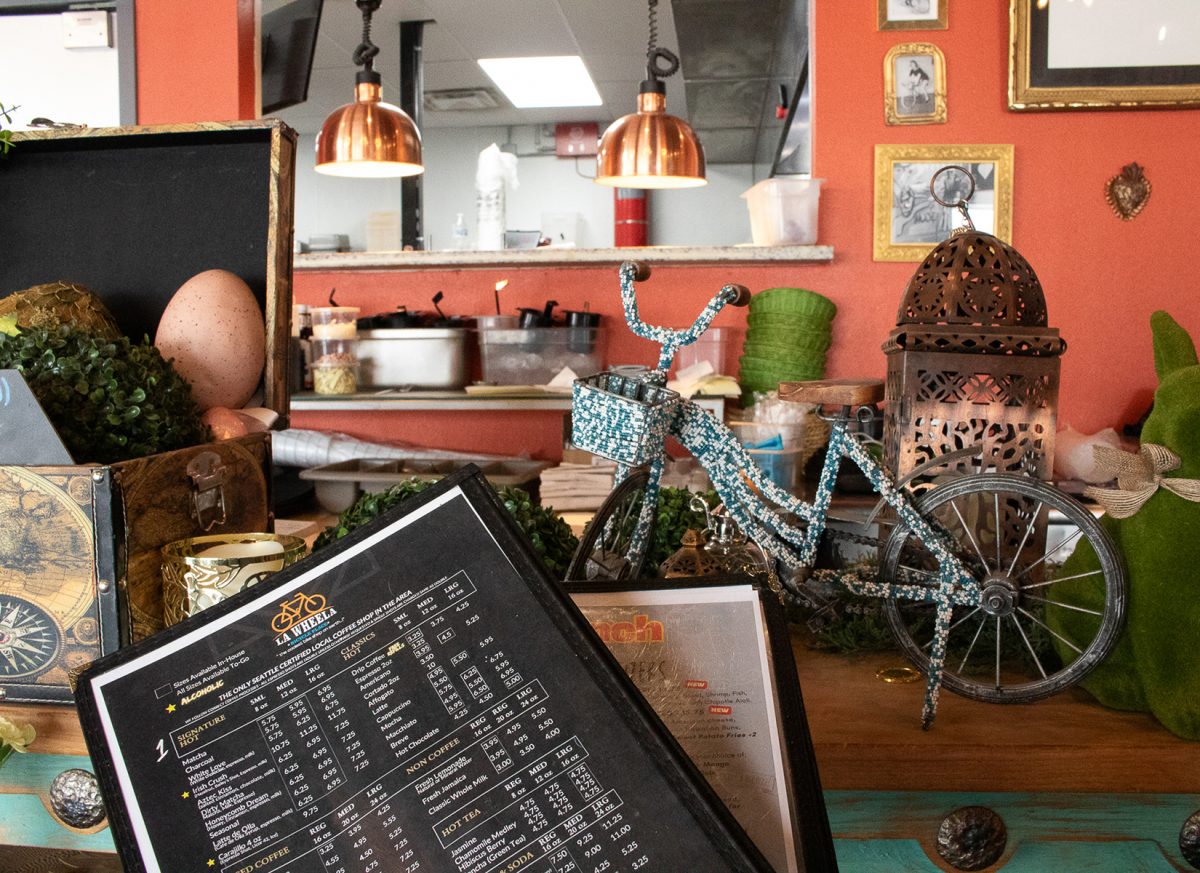The small section in the back of the retail store is the section that is usually hidden with a small variety of clothing. This section is targeted to “plus size” people and normally offers a limited variety of sweatpants, t-shirts, and other regular clothing that some plus-sized people may not feel confident or comfortable in.
Vanessa Ramirez, El Paso Community College (EPCC) fashion technology instructor and coordinator of the on-campus fashion lab, says she recognizes the lack of inclusivity in the fashion industry. She says she wants everyone to be able to wake up in the morning and put something on that they feel great in.
“They don’t have any knowledge of fabric content,” Ramirez said. “They can only go back to their last piece that they thought fit them so well and look at the label and see what it’s made of to find their way online to see.”
Ramirez says the hassling process of finding clothes can be eliminated simply by designers including sizes for plus sized people. The reason designers may not be open to these ideas is simple: money. There is also the fact that there are two design teams.
“There’s going to be a team that designs for two to 14 and then there’s going to be a team that’s 14 and above.”
Ramirez believes that the extra amount of work and fabric needs to be inclusive, and that should not be an excuse in this industry, instead another reason for the lack of sizes is “fantasy.”
“So, fashion being about fantasy wouldn’t make sense for a plus size person to be on the runway because when people go and look on the runway, theoretically, they want to see how they would look and fantasize about how they could look,” Ramirez said. “By putting pieces on a plus size person, some people will say, and even some designers will say, well, fashion is about fantasy.”
Ramirez does not agree with the idea that fashion is about fantasy and was happy to say that she has seen students want to dive into the plus size fashion industry because this stigma that needs to be broken. Current and previous students that now have businesses, PillBoxed and Brown Rabbit Couture participated in the downtown “Strutting your Stuff” fashion show are amongst these.
When designing plus size clothes, sizing is not the only thing a designer must take into consideration but also body type. Ramirez says designers do not take this into account all the time, therefore people are being limited to clothing that covers a person’s body, Ramirez says she has been told by models and students that is not what they want or need.
“The designer wants to cover me up or the retailer puts me in something that’s so covered up. I want to show my bustline. I want to show my legs.’” Ramirez said. “I want to do these things, you know, and I feel like in our city, directly, that’s what could be missing; is the thoughtfulness of, plus size people have irradiance zones, too, that want to be shown.”
Ramirez says that plus size people need to be taken into full consideration. She remembers being reached out to by a man who needed a shirt hemmed because it was the only one that fit him, wearing it every day. Jose D’Saenz designer and technical coordinator of the EPCC fashion lab, hopes the fashion industry takes notice of the potential with this aspect of the industry.
“It’s not where it is supposed to be yet, I hope that it can be more available for plus sized women, because as of right now we only design for thinner taller women,” D’Saenz said. “It’s an open market right now, so whoever jumps into it is going to make it, is going to make a lot of money.
As of now, plus size clothing is rising at a slow pace, designers like Brown Rabbit Couture local to El Paso and the EPCC fashion lab teaching and students who are investing their time. These designers mark a new beginning in the fashion industry for all bodies to be seen, heard and given access to clothes that hug them in all the right places.
Adam Regalado is the multimedia editor at The Prospector and may be reached at [email protected].


